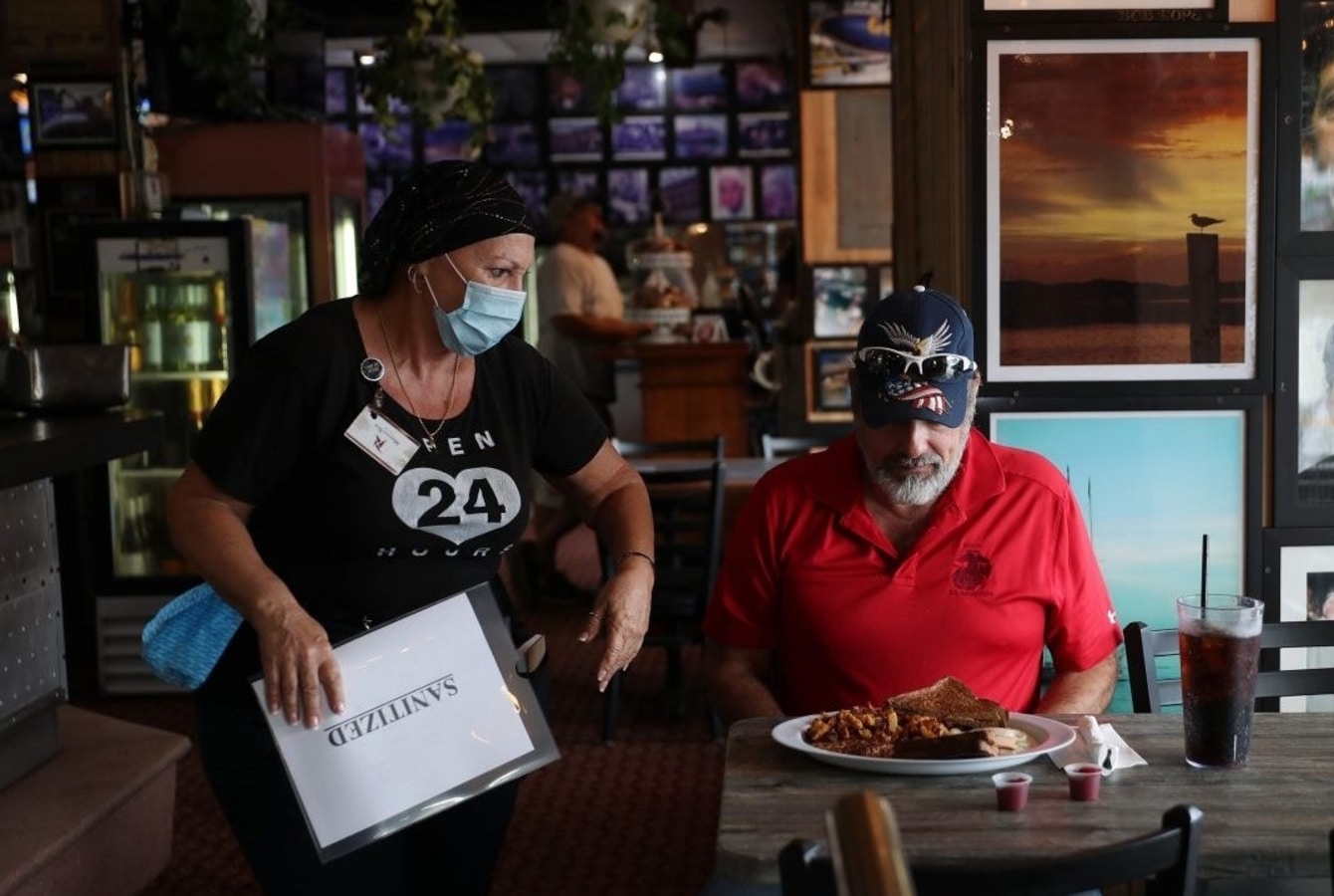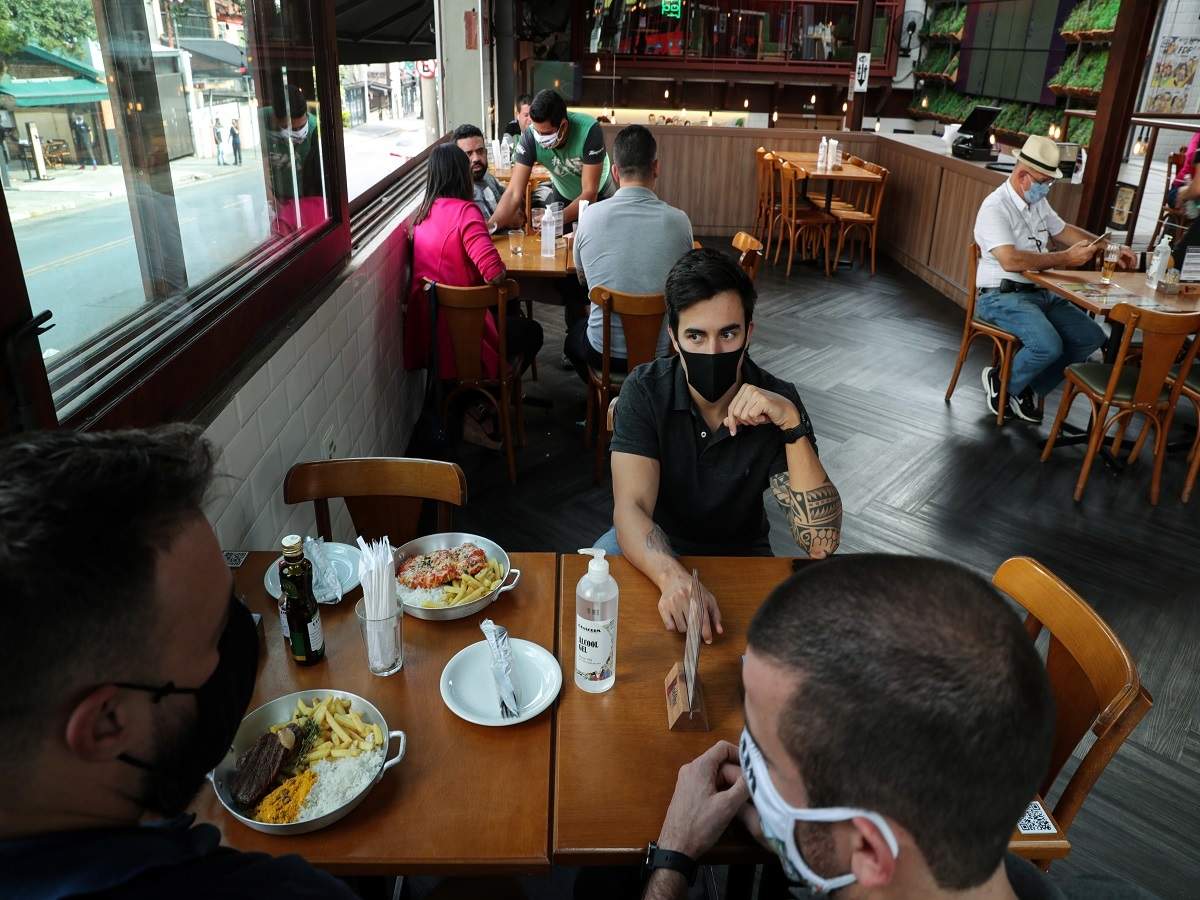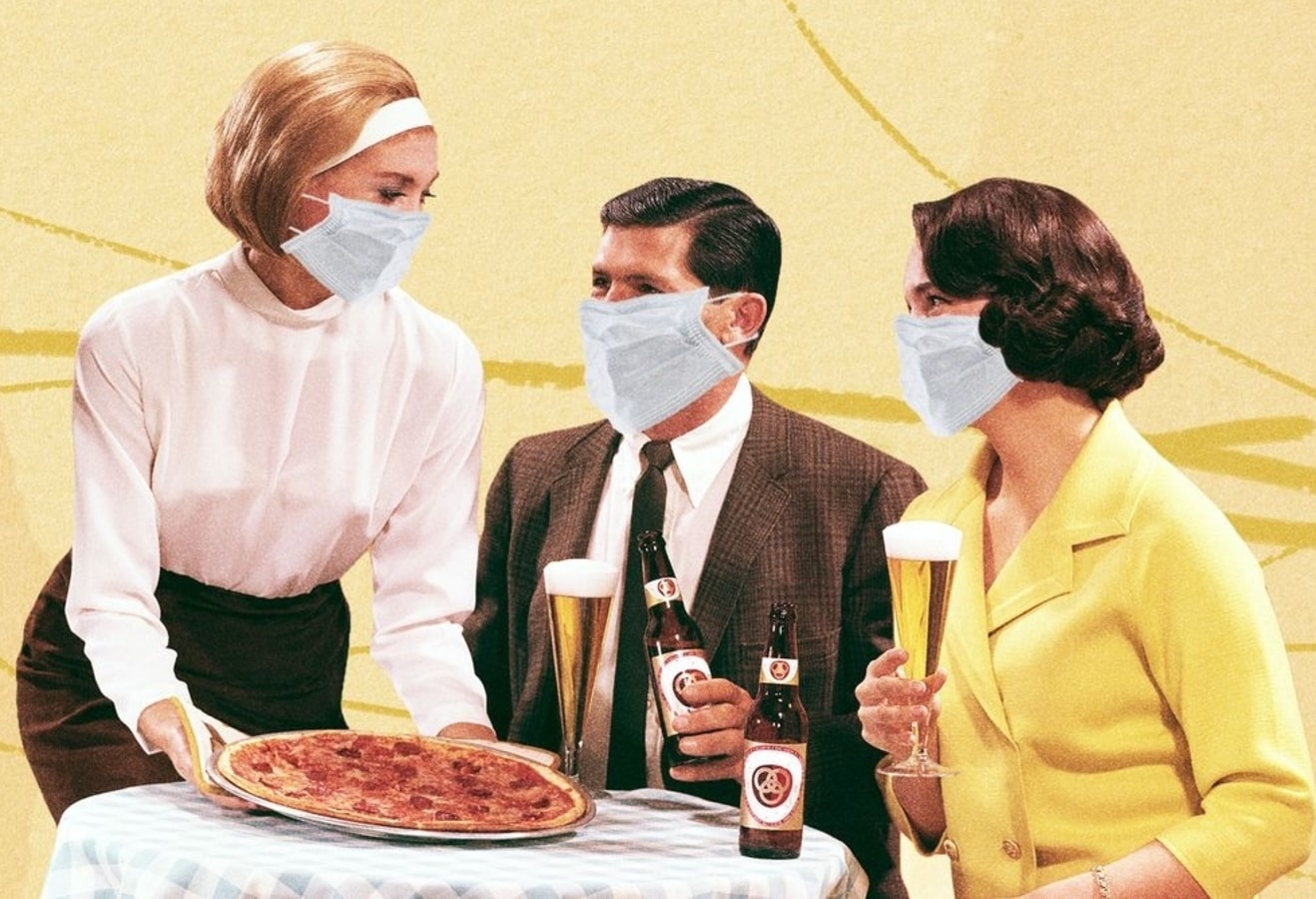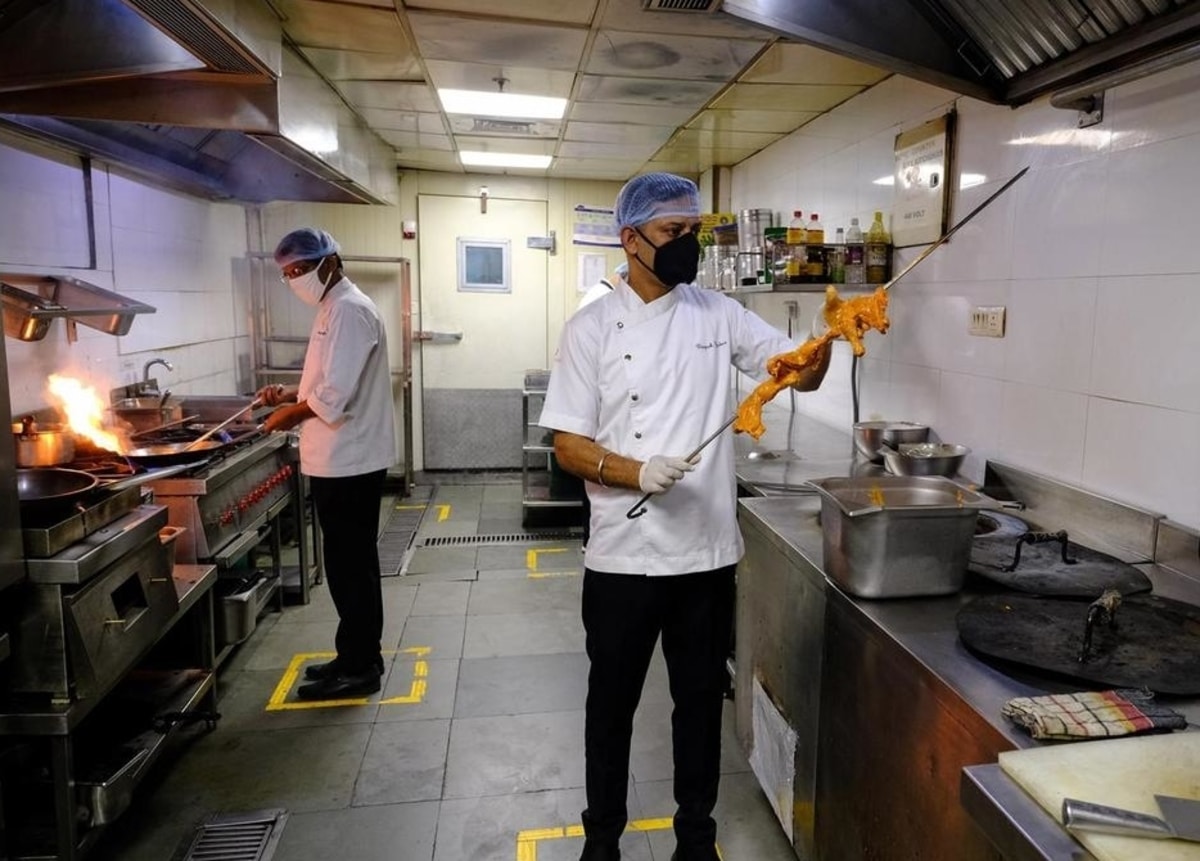
Support small business: How take out restaurants are operating
Among the many entities weathering the storm of the pandemic that hit the world in 2020 are small businesses, or more specifically, take out restaurants. Since dining-out comes with risks of its own – exposure to others not wearing a mask, unintended gaps in hygiene, and the like – ordering in feels like a safe option.
At the same time, your local takeout joint might have taken a serious hit during the lockdown period. According to research by Columbia University documented the economic impact of the COVID-19 pandemic on small businesses, highlighting the financial fragility of many small businesses & the significant impact the pandemic had in the weeks after the pandemic–related disruptions began.
Columbia University’s survey found that “43% of businesses were temporarily closed and that employment had fallen by 40%.” Small businesses have suffered immensely. We don’t need data to show us that. Now let’s look at the restaurant industry closely.

Hospitality dilemma
One of the reasons the hospitality industry has been hit harder than the others is because of the need for public health restrictions, which is why changes in operations like capping delivery fees, were being suggested.
It’s interesting to note that the adjacent industries have also been hit just as dramatically. Take the culinary education industry. When the rest of the educational institutions went online, culinary schools were in a fix: the training focuses heavily on in-person kitchen-based tasks, using specific culinary equipment that not everyone will have at home.
The only way out for culinary schools to ensure that the future chefs can actually learn how to fillet a fish or master a recipe was by preserving the hands-on teaching. A lot of what chefs learn in their training about flavors is actually learnt through the entire gastronomical experience of tasting the dishes cooked by classmates, identifying ingredients – the fun part of the process succumbed to the pandemic.

To keep the training going, they reduced the batch size of the classes, staggered arrival times for the students, and even added additional class times. Now a typical class schedule has intervals for handwashing, symptom screening, temperature checks, along with training for the pandemic-specific hygiene requirements.
Coming back to the restaurants’ dilemma, the financial constraints are glaring. On one hand, the revenues are crashing. On the other hand, there’s very little policy support. Restaurants could either go into hibernation or choose to operate in a highly stressful situation. Small businesses had to furlough their employees, introduce safety measures, and rely on takeout order & deliveries.

Yes, They’re Open
In a web series titled Yes, They’re Open, local bars and restaurants in Staten Island that are open for takeout, delivery, pickup or dining amid the pandemic are being documented.
But how exactly are takeout orders being processed? As per the FDA guidelines, “There is no evidence of food or food packaging being associated with the transmission of COVID-19.” The only precautions related to the handling of food come as general guidelines for any kind of social contact, including washing hands regularly, sanitizing surfaces, among other things.
The guidelines have also evolved as we got to know more about the virus. Earlier gloves were being used only during the food handling part, but now they’re being worn throughout the cooking process, in addition to the delivery or handling.

The biggest risk of infection remains social interaction. This is where takeout restaurants become tricky to navigate. Most takeout restaurants are minimizing contact as much as possible. They’re doing this by either allowing customers to pay ahead, either by phone or online, or contactless payments in other ways, but the use of credit cards or cash is being discouraged.
At the time of pickup, contactless curbside pickup spots are being made over the drive-through windows. Even at the windows, basic precautions – wearing a mask, sanitizing surfaces – are expected to be practiced.



